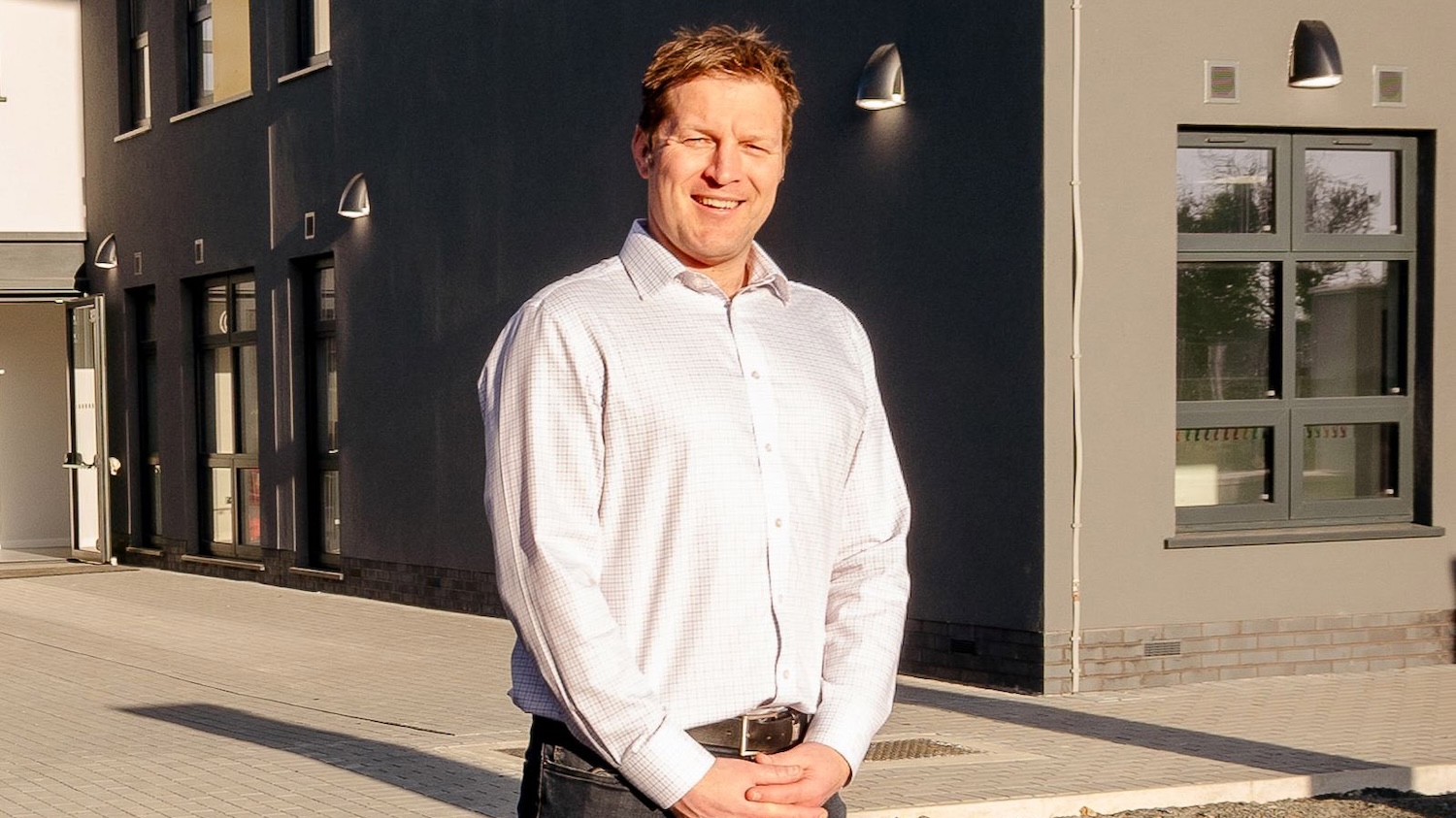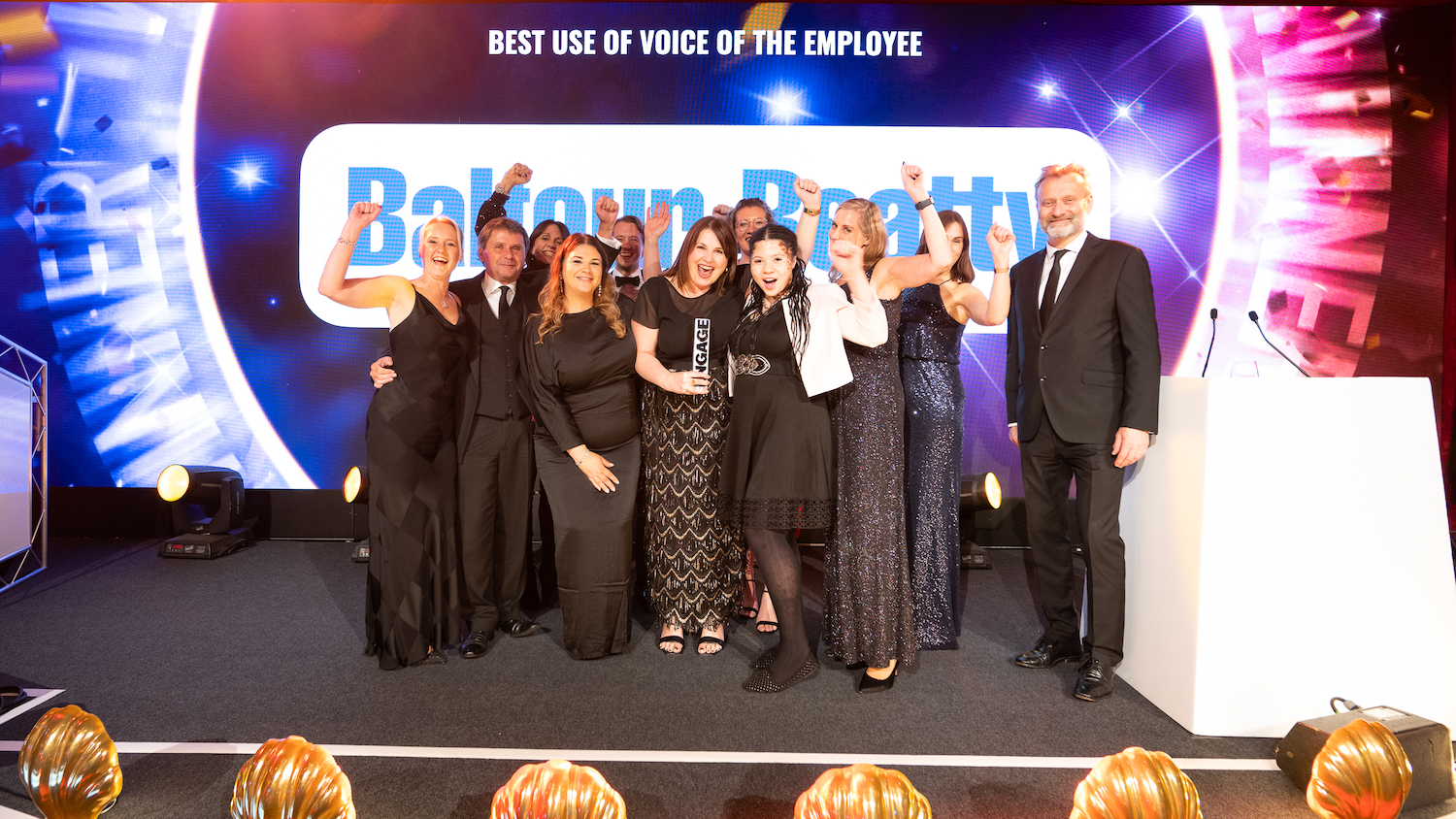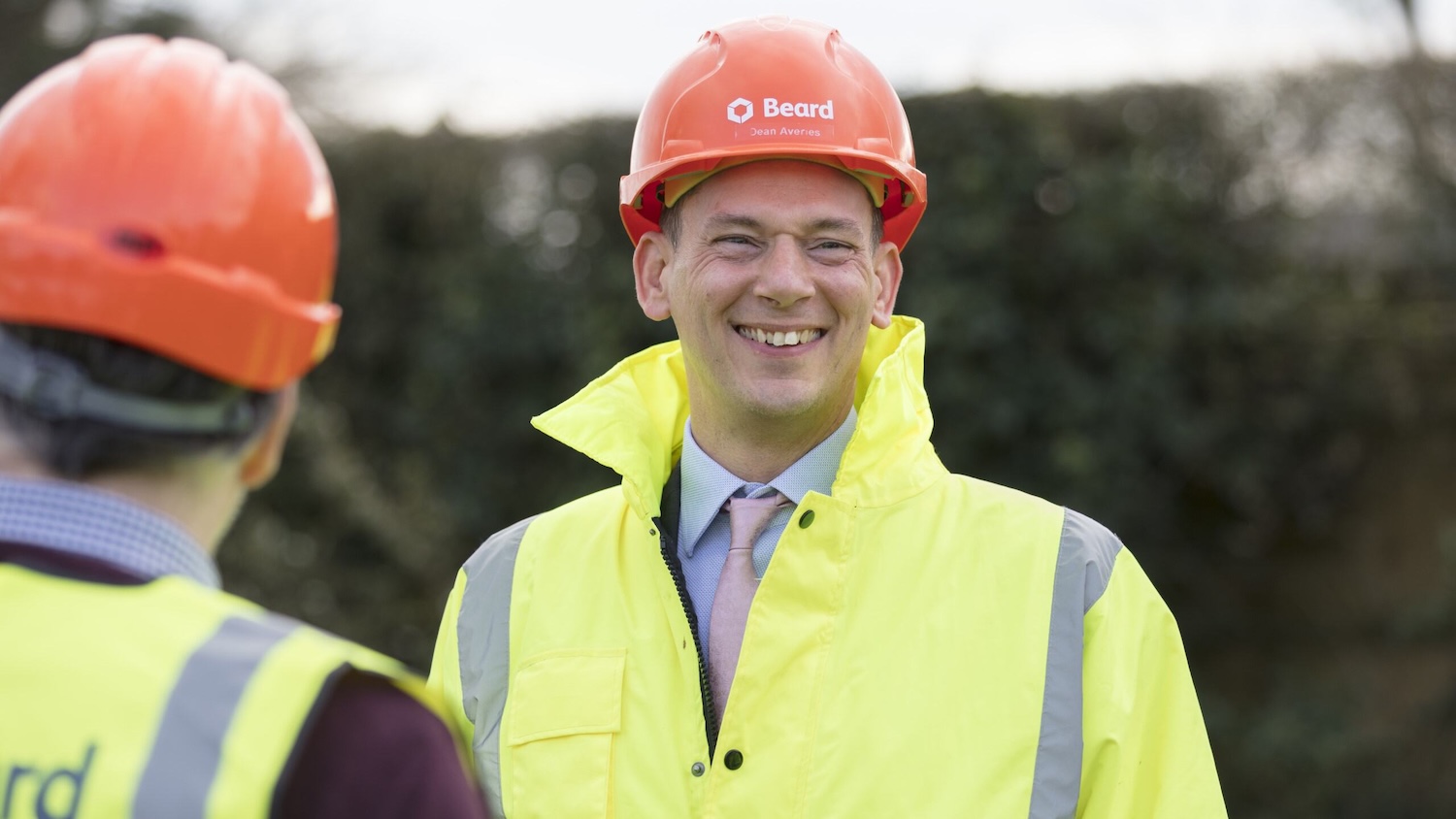
What the future of hybrid working means for construction
Construction companies are still navigating the complexities and opportunities of hybrid working
It’s been more than three years since the Covid-19 pandemic changed how people work. However, construction firms are continuing to consider what a hybrid approach might look like in a post-pandemic world.
There is a delicate balance to be found between improving employee wellbeing, harnessing in-person benefits and ensuring productivity across businesses.
A report by IWG and Arup, published in June, revealed that hybrid working is “changing the geography of work” both in the UK and the US. Five-day commutes into city centre areas are no longer deemed essential and, as such, workers can reconsider where they live.
According to IWG founder and chief executive Mark Dixon, with 48% of UK workers and 40% in the US already working in the hybrid model, the benefits of hybrid are “increasingly impossible to ignore”.
He adds: “That’s why clear-sighted policymakers, planners and businesses are embracing its benefits in their droves.”
Dixon emphasises that hybrid has benefits for businesses, with “lower costs and better retention of the best talent”, and also for suburbs, smaller towns and rural communities.
In these communities, investment in flexible workspaces, transport links and sustainable practices creates “vibrant, inclusive and sustainable places to live and work”.

It’s not just about remote and hybrid working… As well as remote working, employers should consider a range of flexible options that can benefit all their staff, such as flexitime, compressed hours, flexibility in scheduling shifts, job-sharing and term-time working
Flexible future
So what approaches are construction companies taking?
Sir Robert McAlpine chief executive Paul Hamer stresses that the firm’s aim is to create a hybrid-working environment in which “employees are afforded the utmost flexibility”.
He explains: “Working patterns have fundamentally changed post-Covid, as have demands from employees. One example is Sir Robert McAlpine’s shift to a national, sector-based working model where, thanks to hybrid-working policies, employees can now operate virtually wherever the project or business need arises.”
According to Hamer, allowing people to work “where and when they feel they perform best” is key to “establishing a high-trust and high-performance environment”.
Meanwhile, at Galliford Try, even before the pandemic, the business had launched its smart and agile working programmes. These encourage individuals to take advantage of arrangements such as remote working, job shares, compressed hours, sabbaticals and return to work programmes to suit their needs and those of the business.
Like Hamer, Galliford Try HR director Vikki Skene stresses that this “will deliver better results all round”.
She says: “It drives and motivates employees, knowing they can balance work around their personal life, preferences and circumstances, and our business benefits from a more engaged, committed and productive workforce.”
According to Skene, the pandemic “further cemented” these smart and agile working practices. Galliford Try was able to switch “a considerable number of roles to home working, before the government’s instruction to do so, while maintaining activity on site with an appropriate number of people in the site offices”.
Skene adds: “We don’t believe that there are cons for employees and the wider business if agile working is planned for correctly, with the buy-in from both managers and their reports.”
Where to begin?
When it comes to hybrid working, CIPD senior policy adviser Claire McCartney suggests that HR professionals “should create clear and transparent policies” about eligibility for and access to hybrid working and “establish systems to monitor decision-making”.
She stresses that it may not be possible “to treat everyone the same, particularly when different roles require different activities” but adds: “It’s important to have some parity of opportunity across workers when it comes to flexible working in general.”
McCartney continues: “But it’s not just about remote and hybrid working – many workers in frontline roles in construction don’t have this option. As well as remote working, employers should consider a range of flexible options that can benefit all their staff, such as flexitime, compressed hours, flexibility in scheduling shifts, job-sharing and term-time working.”
Galliford Try’s Skene agrees that certain roles “lend themselves more easily to hybrid working”, but she adds that the firm aims “to extend that possibility to as many of our people as possible”.
She explains: “Clearly, for example, there are some roles that would be impractical [or impossible] to carry out from home – for example, a banksman or a cleaner on site – but there are other ways of giving greater flexibility within those roles.”
As such, Galliford Try works with teams to consider how working weeks can be most effectively constructed.
Finding the right balance
In all of this, it is important to ensure that the drive to provide increased flexibility across the workforce is not detrimental to the business.
“For many employers, this is about finding the right balance between office and hybrid working that supports people’s productivity and wellbeing, while meeting the needs of the business,” McCartney says.
Hamer also identifies the “delicate balance” that needs to be found between online working and in-person working.
He explains: “Online work habits can sometimes create conversations with colleagues that are predominantly task-based, and less conducive to making meaningful connections. It can also mean days are more transactional, jam-packed with calls that leave little room to think and create.
“As such, it is crucial that time is carved out for in-person office work, to maintain relationships as well as forge new ones, while also affording opportunities for learning and collaboration.”

Online work habits can sometimes create conversations with colleagues that are predominantly task-based, and less conducive to making meaningful connections. It can also mean days are more transactional, jam-packed with calls that leave little room to think and create
Importance of adaptability
According to McCartney, there is “no one size fits all”, meaning organisations “need to be prepared to trial, learn and adapt new practices to make sure they are fair and inclusive and that they are supportive of employee wellbeing”.
Hamer shares this view, adding: “Individuals have different preferences that should be considered as far as possible.”
In line with this, Sir Robert McAlpine believes in a “one-size-fits-one policy”, aiming to focus on individuals rather than roles suitable for hybrid or flexible working. As such, the company has successfully trialled flexible working onsite as well as offsite.
“The key to unlocking this part of the puzzle is to have open and honest conversations with employees to establish the best routes going forward in a way that best meets their needs as well as the business’ needs,” Hamer says.
“Such an approach empowers our teams to create the optimum solution for their specific project while ensuring we deliver maximum value for our clients.”
Similarly, Skene believes there is not a “one-size-fits-all approach”, adding that “flexibility is key”, particularly because there may be individuals who prefer the routine of regularly working from an office or site.
She continues: “When you can find that common agreement about how a hybrid working week might look for that individual’s role, balanced with the needs of the business, there can only be an upside.
“The individual feels more valued and productivity rises as a result of them being happier in their work and being able to give more time to focus on the job in hand, rather than worrying about commuting and other pressures and issues.”
Culture change
For Galliford Try, adopting a more flexible approach has helped to “create a more inclusive culture” and improve the firm’s ability “to attract and retain the best people from more diverse talent pools”.
Skene continues: “It reinforces that we value difference and support those with commitments outside of work. It also rightly puts the focus on outputs and what is being delivered.”
Such flexibility ensures employees can “give their best” in the hours they work “by cutting down on unnecessary travel” and taking some “pressure off whatever situations or needs might arise in their home life”.
Galliford Try’s future planning for its workspace requirements is “predicated on the fact that it is unlikely there will ever be a transition back to the traditional way of working”, Skene says. Even pre-pandemic, she adds, the firm’s working arrangements were not centred on a five-day, office working culture.
“Agile working is far too embedded in our organisation for [a return to five days in the office] to happen,” she says.
“To be truly people-orientated, you need to listen to what your people are telling you and give them the flexibility they need to balance their working lives and be happier, more productive colleagues as a result.”
Hamer also feels that working patterns have been “forever changed”. “The work we undertake for our clients in refurbishing and creating workspaces for the future must reflect that – as does the way we support our people in finding the right flexible working patterns for them.”







